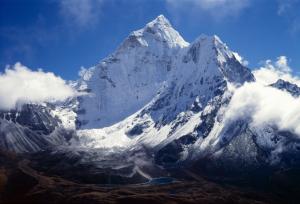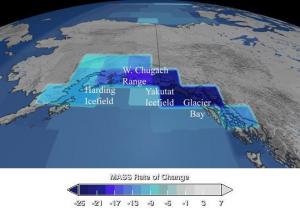
© REUTERS/M. Rauschert/Census of Marine Life handoutMegaleledone setebos, a shallow-water circum-Antarctic species endemic to the Southern Ocean is seen in this undated handout
Oslo - Many octopuses evolved from a common ancestor that lived off Antarctica more than 30 million years ago, according to a "Census of Marine Life" that is seeking to map the oceans from microbes to whales.
Researchers in 82 nations, whose 10-year study aims to help protect life in the seas, found a mysterious meeting place for white sharks in the eastern Pacific Ocean and algae thriving at -25 degrees Celsius (-13 Fahrenheit) in the Arctic.
"We are approaching a picture of the oceans ... from micrcobes to whales," said Ron O'Dor, co-senior scientist of the census of the 2007-08 findings by up to 2,000 scientists.


